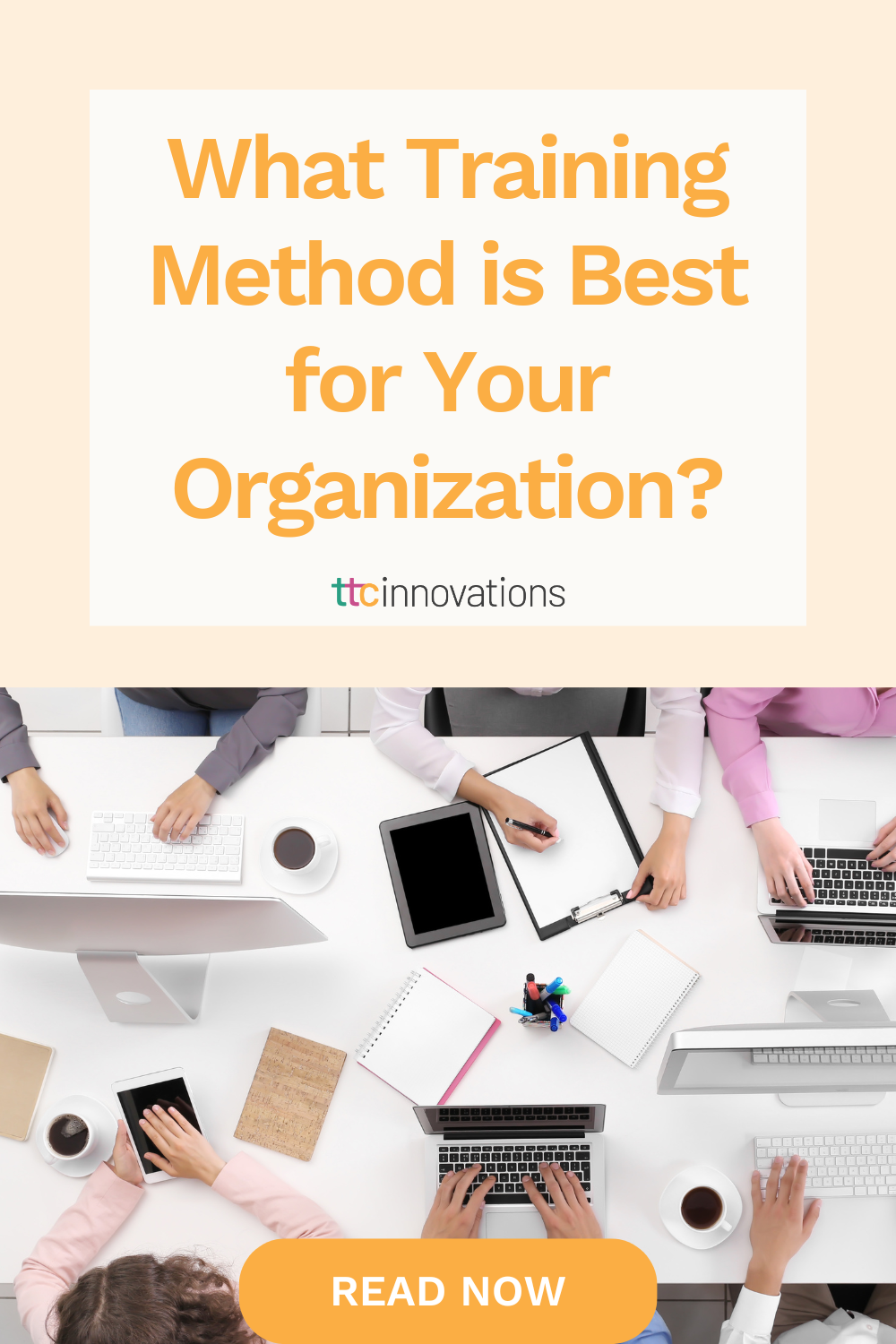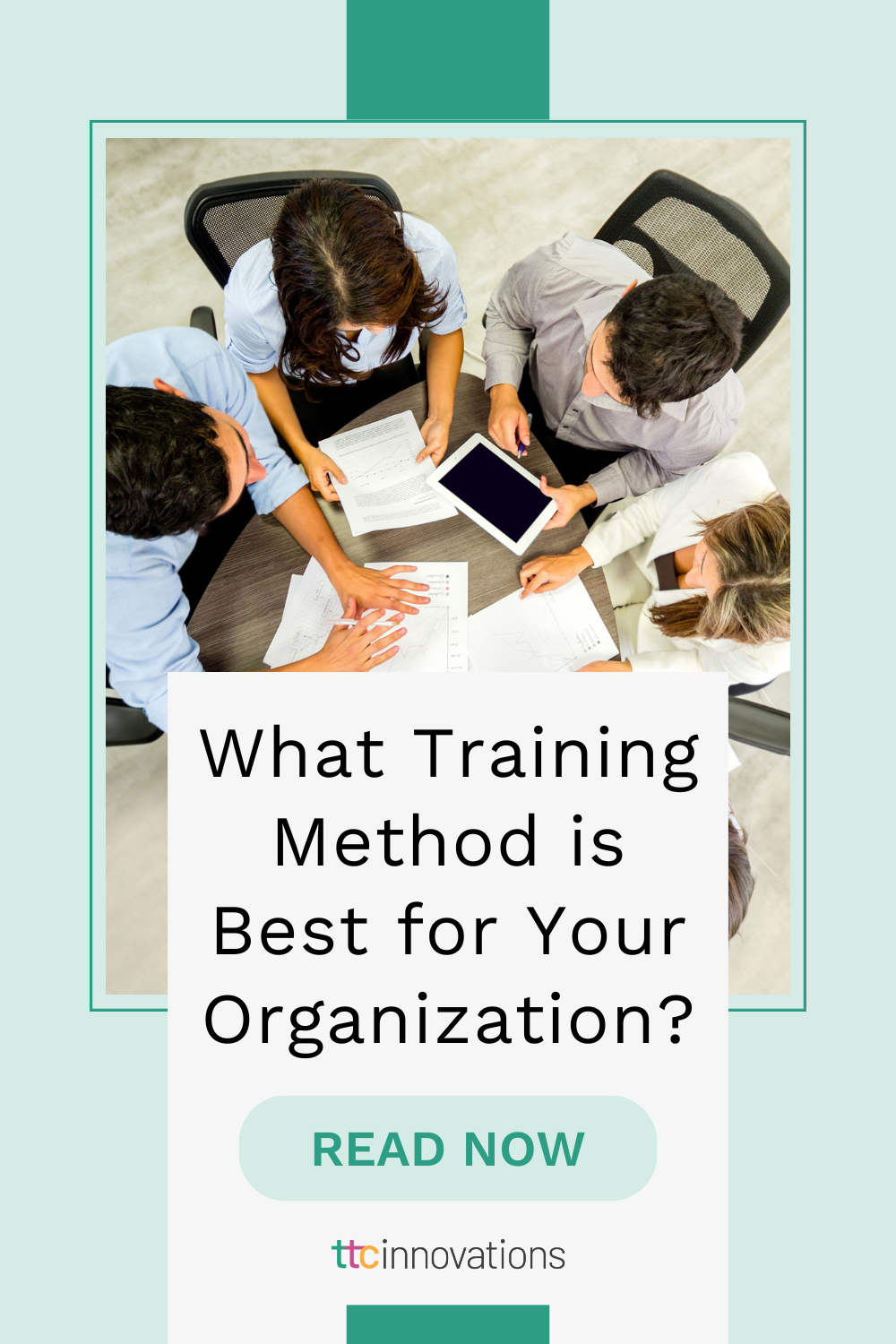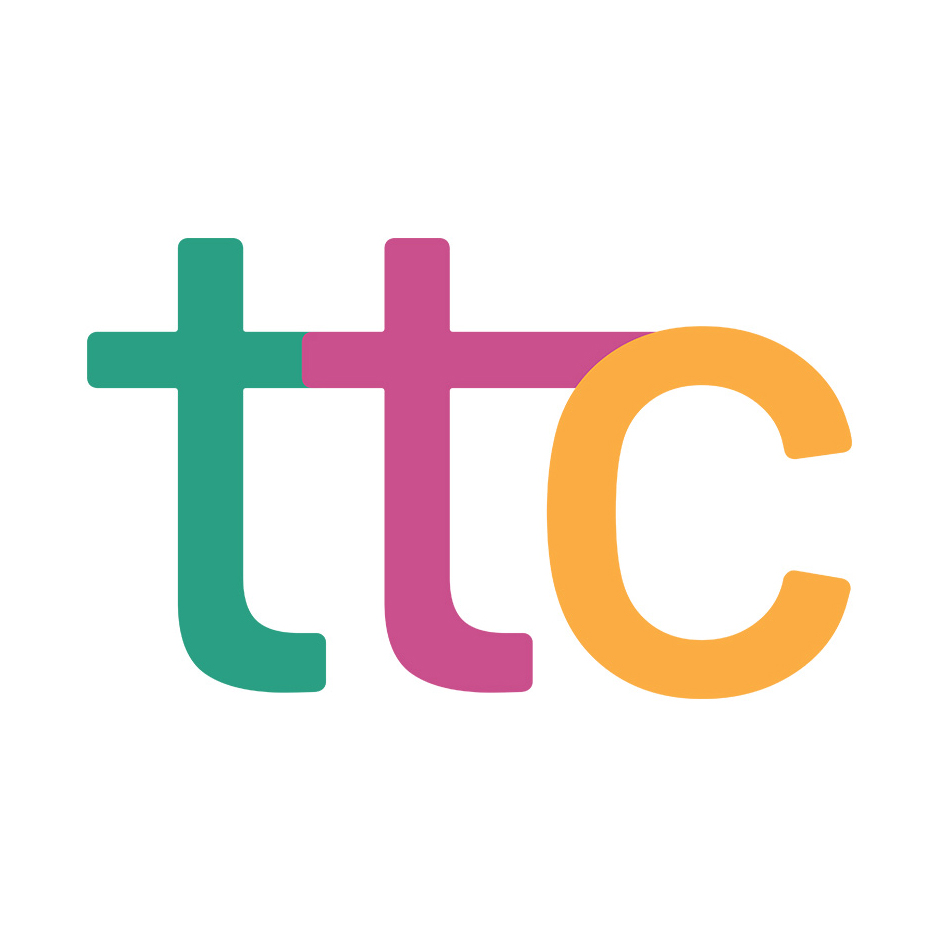When creating a learning and development training program for your organization, there are always many facets to consider. One thing to always remember is that the corporate training needs to benefit your organization and your employees. You will also want to make sure that the importance of balance is considered, such as impact on the organization/employee, understanding of concepts, as well as ease of implementation. With this in mind, you, as an L&D Leader, need to understand your employees’ training preferences and how each individual best performs.
Types of Employee Training Methods
In the era of large skills gaps and talent shortages, learning and development is more important than ever. There are several different modalities and methods in which you can train your teams. Today we will discuss what some of the most effective training methods are to-date, and help you decide which is best for your organization.
- Instructor-led Training (ILT): This type of training is more of the traditional format, where training typically occurs in a classroom or conference room, with an instructor presenting material. ILT can be extremely effective, especially when it comes to more complex topics, as the instructors can answer specific questions or provide resources. Some drawbacks of ILT are cost and time to implement and may also be considered unnecessary for brief topics.
- eLearning: With a large portion of the workforce working remotely, eLearning has become a very popular and effective method for training teams. eLearning involves everything from online videos and courses to microlearning and web-based modules. Your employees have the ability to complete training on their phones or laptops and can customize their experience based on their preferences. This training is easier to roll-out and a lot cheaper than ILT, especially if you have a large team. eLearning can engage your employees more effectively with games, activities, videos, surveys, etc. Some things to consider that can hinder effectiveness of your eLearning include outdated designs or out-of-date technology. Keeping your trainings new and fresh is a best practice for every organization.
- Microlearning: This form of training has proven to be an effective method for improving performance. Studies have shown that employees learn best and are more likely to recall and remember more when information is processed through small, bite-sized chunks over a long and more focused period.
- Gamification: Games are often used for various educational purposes, including training. Game-based training can be extremely affordable, competitive, and engaging. With improvements in technology over the last few years, gamification has become increasingly popular in the L&D world. Game-based learning allows for employee recognition and reward, which enables them to quickly engage and connect with the material. Some drawbacks of gamification include alienating those less experienced with technology, and difficulty measuring impact and results.
- Video & Animation: Video has gained popularity as an effective training method, as it aids in training employees more quickly and is often preferred by learners over reading materials. Video can include animation, live action, camera, and screen recordings options. Videos tend to make training a bit more interactive, engaging and demonstrative, while also being easily accessible (like eLearning). Although making training videos can be more affordable, it also can be extremely time consuming. Another drawback is that editing videos can be difficult as information changes or needs to be updated, so they can become outdated quickly depending on the subject matter.
- Social Learning: This method of learning takes place through observation of coworkers, asking questions, and sharing expertise. However, the definition of social learning has begun to reshape itself in recent years when used in the business world. When it comes to L&D, social learning is how we learn from our coworkers, particularly through social platforms like blogs, forums, YouTube videos, and sharing sites such as LinkedIn. Organizations are realizing that supporting social learning throughout their teams has not only fostered more conversations, but also increased collaboration between departments.
- Performance Support: The logic behind performance support is simple. You boost learner motivation, while also ensuring that training is reinforced, retained, and applied. Additionally, you develop a culture of continuous learning throughout your organization. Performance support is a training method grounded in three primary learning principles: continuous learning, learning by doing, and knowledge on demand. Performance support gives your employees the ability to perform their roles more effectively, with less reliance on other training methods such as classroom-based scenarios.
- Blended Learning: Studies show that learners have a deeper understanding of content when they receive it in more than one way. Blended Learning means delivering training content in a variety of settings and styles over an extended period of time to ensure proficiency. This style of learning uses the most effective delivery method—eLearning, instructor-led training, mobile learning, performance support, etc. When training is delivered in a variety of modes, money can be saved by presenting some content in cheaper formats, like performance support materials, instead of cramming everything into more expensive eLearning or classroom training.
How to Streamline Your Training
Based off the information above, also consider your organization’s culture, size, and team environment. If your employees are remote or office-based, that will influence the training programs that work best. Consider tailoring your learning and development programs to meet the needs of your employees. As I have mentioned before, your organization’s best asset is its people. More important than anything, define your overall goals and expectations for the outcomes of the training.
Although there are additional methods of training besides the ones mentioned above, this is a great place to start. Employee learning is only effective when it is engaging. Start from the beginning with your teams and consider the best type of training methods for your organizational goals and employee goals. Effective training programs are never one-size fits all. Every year, more and more types of training develops and that means every organization has the ability to choose the right training program for their teams. As a final note, take these into consideration before choosing the right training program for your organization:
- What is the overall purpose of the training?
- Who is your intended audience?
- What are the demographics and geographics of the learners?
- What is the nature of their role(s)?
- What is the level of seniorities present for the training?
- Do you need group training or individual learning?
- What are your organization-wide constraints?
Effective training is not a one and done event. Consider combining some of the forementioned methods above. Training should be consistent and always focused towards developing the skills of your employees and continuously encourage workplace learning and development now and in the future.









